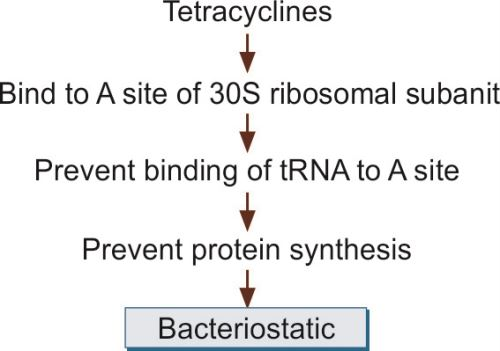"My doctor said I have an autoimmune disease. What does that mean?" asks a client. How should the nurse respond?
"You have developed urticaria in response to something in your environment."
"Your immune system is creating antibodies that are destroying your own cells."
"Your immune system is not able to create antibodies to help you fight infection."
"You have developed an infection that is destroying your immune cells."
The Correct Answer is B
A. "You have developed urticaria in response to something in your environment."
This statement is incorrect. Urticaria refers to hives, a skin rash usually caused by an allergic reaction, infection, or stress. It's not necessarily indicative of an autoimmune disease.
B. "Your immune system is creating antibodies that are destroying your own cells."
This statement is correct. Autoimmune diseases involve the immune system mistakenly attacking the body's own cells and tissues, leading to various health issues.
C. "Your immune system is not able to create antibodies to help you fight infection."
This statement is incorrect. In autoimmune diseases, the immune system is overactive, producing antibodies that target the body's own cells, not that it can't create antibodies.
D. "You have developed an infection that is destroying your immune cells."
This statement is incorrect. Infections don't typically destroy immune cells; instead, infections often stimulate the immune system to respond and fight against invading pathogens.
Nursing Test Bank
Naxlex Comprehensive Predictor Exams
Related Questions
Correct Answer is A
Explanation
A. "Tetracycline inhibits protein synthesis."
Tetracycline inhibits bacterial protein synthesis by binding to the bacterial ribosomes, which are crucial for making proteins. This disruption in protein synthesis prevents bacterial growth and replication.
B. "Tetracycline blocks RNA synthesis."
Tetracycline primarily affects protein synthesis, not RNA synthesis. It binds to the 30S subunit of the bacterial ribosome and disrupts the translation process.
C. "Tetracycline degrades the bacterial cell wall."
Tetracycline does not target the bacterial cell wall. Drugs like penicillin and cephalosporins work by disrupting cell wall synthesis, but tetracycline operates differently by inhibiting protein synthesis.
D. "Tetracycline binds to magnesium ions."
Tetracycline does not specifically bind to magnesium ions. Its primary mode of action involves binding to the bacterial ribosome, as mentioned in the first correct statement.

Correct Answer is B
Explanation
A. "You have developed urticaria in response to something in your environment."
This statement is incorrect. Urticaria refers to hives, a skin rash usually caused by an allergic reaction, infection, or stress. It's not necessarily indicative of an autoimmune disease.
B. "Your immune system is creating antibodies that are destroying your own cells."
This statement is correct. Autoimmune diseases involve the immune system mistakenly attacking the body's own cells and tissues, leading to various health issues.
C. "Your immune system is not able to create antibodies to help you fight infection."
This statement is incorrect. In autoimmune diseases, the immune system is overactive, producing antibodies that target the body's own cells, not that it can't create antibodies.
D. "You have developed an infection that is destroying your immune cells."
This statement is incorrect. Infections don't typically destroy immune cells; instead, infections often stimulate the immune system to respond and fight against invading pathogens.
Whether you are a student looking to ace your exams or a practicing nurse seeking to enhance your expertise , our nursing education contents will empower you with the confidence and competence to make a difference in the lives of patients and become a respected leader in the healthcare field.
Visit Naxlex, invest in your future and unlock endless possibilities with our unparalleled nursing education contents today
Report Wrong Answer on the Current Question
Do you disagree with the answer? If yes, what is your expected answer? Explain.
Kindly be descriptive with the issue you are facing.
